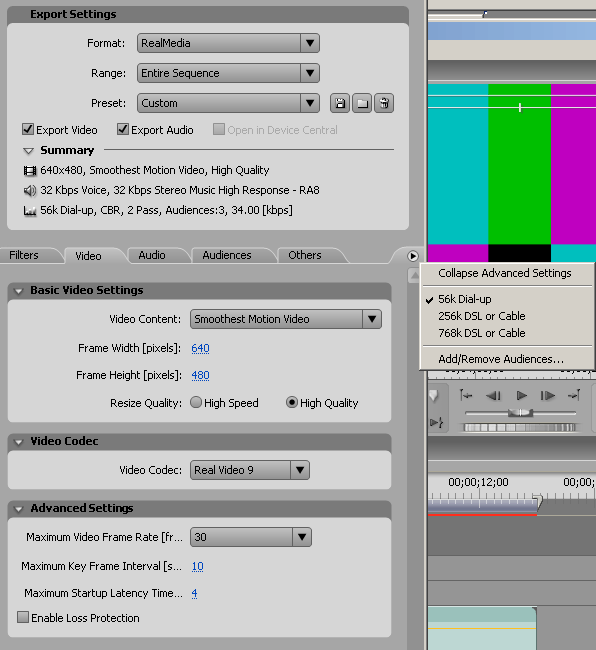

- #BEESMART HELIX SERVER HOW TO#
- #BEESMART HELIX SERVER CODE#
- #BEESMART HELIX SERVER PC#
- #BEESMART HELIX SERVER WINDOWS#

#BEESMART HELIX SERVER WINDOWS#
Ģ7 July 2002 - Helix Universal Server version 9 launched - the first universal multi-format streaming server - supporting RealMedia, Windows Media, QuickTime and MPEG-4 from a single streaming media platform operating on Linux, Solaris, HP-UX, Compaq Tru64, FreeBSD, IBM AIX, Windows NT and Windows 2000 OSġ6 November 2005 - Helix Universal Server version 11 launched adding mobile support for 3GPP. It ingested encoder formats including RTP, MPEG2-TS, RTMP (Flash) and Windows Media Push/Pull MMS.ĭevelopment of the product was discontinued in 2014, and licensing ended in October 2014. Helix Universal Media Server supported multiple streaming media codecs including H.264, MPEG-4, Flash Media, RealMedia, QuickTime, Windows Media and audio codecs including AAC/AAC+, MP4, MP3, WAV, RealAudio.
#BEESMART HELIX SERVER PC#
It supported a variety of streaming media delivery transports including MPEG-DASH (Standards based HTTP streaming) RTMP (flash), RTSP (standard), HTTP Live Streaming (HLS), Microsoft Silverlight and HTTP Progressive Download enabling mobile phone OS (Android, Blackberry, iOS, Symbian, Windows Mobile) and PC OS media client (Flash Media Player, QuickTime, RealPlayer, Windows Media Player) delivery.

The Helix Universal Media Server was a product developed by RealNetworks and originates from the first streaming media server originally developed by Progressive Networks in 1994. You can also use it to experiment and test your GraphQL API.Microsoft Windows 2008 (64 bit), Microsoft Windows 2012 (64 bit)Linux RHEL and CentOS versions 5 and 6 (64 bit), Oracle Linux 6, Solaris SPARC 10 (64 bit) GraphiQL, a powerful “GraphQL IDE” that runs in your browser, as part of your server, and lets you explore the capabilities of your API in an interactive manner. With graphql-helix, this flow becomes simpler because you can just use processRequest, and graphql-helix runs for you parse, validate, variables parsing, context-building, and execute - all in a single function.

#BEESMART HELIX SERVER CODE#
So let’s break down the code snippet for the server: To do that, you’ll add to the project GraphQL-Helix - a tool for simplifying the GraphQL execution flow based on incoming requests. The next section explains how a GraphQL pipeline works. When dealing with network-based GraphQL implementations, the GraphQL server needs to do more than parse + execute and that’s exactly what GraphQL-Helix does for you. In the previous chapter you’ve learned that you need a GraphQL operation and a GraphQL schema in order to execute, and now it’s time to implement a complete GraphQL execution pipeline, based on HTTP. Now that you have an HTTP server running, you’ll add support for GraphQL.
#BEESMART HELIX SERVER HOW TO#
You’ll see that the server replys with the response - this is great, because in the next steps you’ll learn how to replace that with the GraphQL response! Adding GraphQL to the server You shouldn’t see any special output in the log, but you can now open your browser and navigate to. Now, try to run your server again with npm run dev (or, npm run start ). You’ve removed the basic GraphQL setup from this file, but don’t worry - in a few minutes you’ll add it with more capabilities and a real server!


 0 kommentar(er)
0 kommentar(er)
